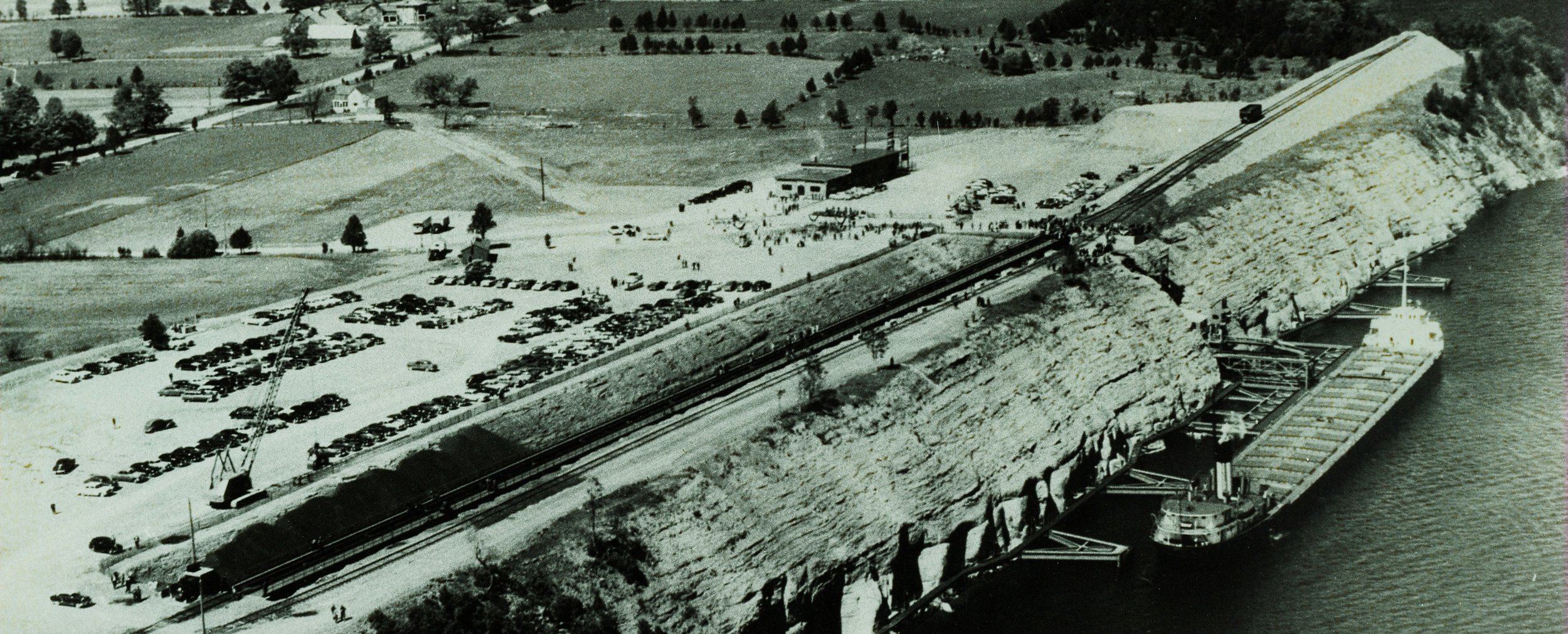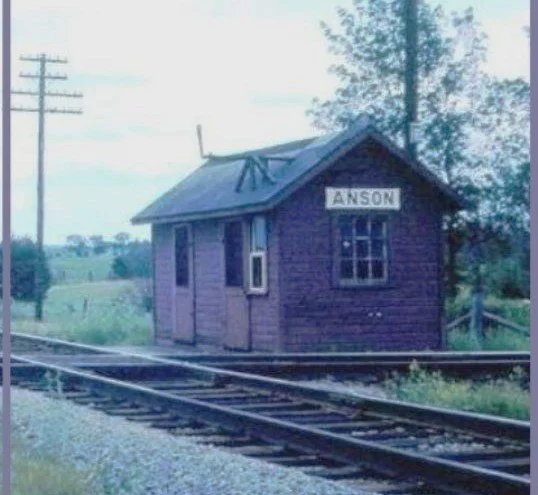1915 A Fire In The Basement
Original public school that stood on the site of the present day legion.
"There's a fire in the basement, and it isn't in the furnace," the little boy repeated. His teacher was getting testy. She scowled at the little nine year old with a big imagination.
"There's a fire in the basement, and it isn't in the furnace," he said again. "Is there, indeed?" thought the teacher. Little Jim Shannon had just come back from the outhouse and seemed to be up to mischief. These class disruptions could not go on. The boy must be sent to the principal.
"There's a fire in the basement, and it isn't in the furnace," Jim repeated to the principal.
"Where is it then?"
"On the floor."
The principal was wise enough to check. Within a few minutes the public school was evacuated and moments later it collapsed in flames. On his way to the outhouse, little Jim Shannon had noticed flames in the basement of this school. His weak bladder had perhaps saved the students but the school building was lost.
No matter how carefully one operated, misfortune could and did strike rapidly. Between 1911 and 1915, fire struck most cruelly. The Royal Hotel was lost as was the section known as the "Pringle Block", but by the summer of 1914 these losses almost seemed to be turned into a gain. "Nearly all the burned buildings are being replaced, and in each case with a modern and much superior building". (Click here to read more on the Royal Hotel)
The devastation was not over yet. "Fires were so common," reminisced Jim Shannon, "they got boring." In 1915, a fire started in the old stables behind the Central Hotel. It quickly spread to the stables of Mrs. Sullivan where the F.N. Marett Company kept its horses.
Although it was stopped before the business block was destroyed, the fire devoured a number of things, including the Town hearse, and killed three horses and a cow.
At first, the Pearce Co. was lucky, but as the years went by, they would suffer as much as any from the flames. On July 7, 1914, at four in the afternoon, a fire broke out on the top floor of the grist mill. The smoke quickly became so dense that no one could discover its source. A large crowd gathered as the Pearce Company's fire pump was wheeled into position. A hose was poked through an upper window. As the water poured into the mill, the smoke slowly cleared and although much stock was lost, the building was saved.
A few years later, luck again helped. A couple of young men defied social custom by going early Sunday morning to fish at the dam. Whiffs of smoke trailed up from the mill. By their prompt action, the building was saved. Not everyone considered them heroes. The discovery could no more excuse Sunday fishing, some argued, than the fear of fires could be logically used to condemn smoking.
The last great Pearce fire showed that their luck had run out. Fire started in a main building. When the pump was started, a belt immediately snapped. The astonished firemen realized it was something sinister, for an arsonist had not just started the blaze, he had prevented its extinguishment. Before much could be done, the villagers realized that the stables too had been set afire. This time, the losses were devastating.
"We all knew who did it," says Jim Shannon, "but no one was ever charged." Ever the gentleman, and seventy years later, he would not divulge the name not even for the sake of history.
































